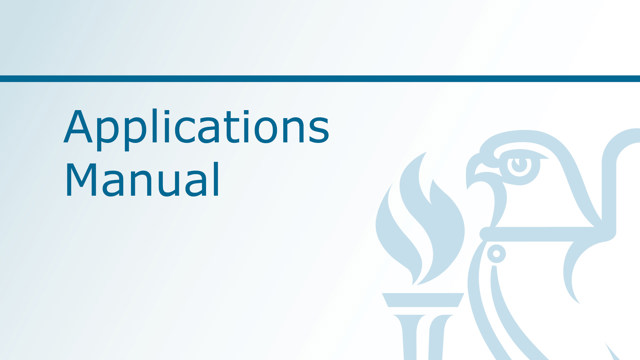
This Applications Manual on medium voltage distribution has been produced to help fill the gap in electrical knowledge in respect of how to safely employ medium voltage for the distribution of electrical power.
Our aim is to provide an understanding of a number of key aspects at different design and construction stages of a medium voltage (11 kV) power distribution system to buildings. Consideration is given to system design and to the selection and erection of equipment, including the associated practical aspects.
It is intended that this Applications Manual will be used by practitioners in conjunction with established international wiring standards and relevant codes of practice. It will also be of interest to designers and authorities who, while not directly concerned with the design or installation of electrical systems, must understand the advice offered to them by specialists.
Further, the manual should be of value to those who wish to enhance their knowledge of electrical power and building services engineering.
Medium voltage distribution is a specialised area of power engineering. This manual is in five parts:
AM18.3: Protection, looks at the protective equipment necessary to ensure safe operation of a chosen method of power distribution and the DNO network that supplies it. It covers current and voltage transformers, high (MV) voltage fuses and the protection relays that control the circuit breaker configurations already introduced in AM18.2.
The parts of this Applications Manual will not cover high voltage systems (that is, those using power supply voltages greater than 33 kV). This also means that we will not go into any detail regarding transmission and distribution at these voltages nor specialised power applications within the industry (such as the protection of power factor correction capacitors, harmonic snubber circuits, high voltage direct current, high power static conversion, battery storage or smart grids). For information regarding possible solutions for these applications, it is best to refer to manufacturers’ literature.
Table of contents
1. Protection fuses and relays
1.1. MV fuses – BS 2692-2: 1956, IEC 60282-1: 2020
2. Current and voltage transformers
2.1. Current transformers
2.1.1. Construction
2.1.2. Classes of protection CTs
2.1.3. Rated short-time current (short-time factor)
2.1.4. Open-circuit secondary voltage
2.2. Specification of CTs
2.2.1. Burden
2.2.2.Class ‘X’ specification
2.2.3.Relay connections
2.3. Voltage transformers
2.3.1.Accuracy class
2.3.2.Rated voltage factor
2.3.3.Rated primary/secondary voltage
2.4. Non-inductive sensors
2.4.1.Electronic fibre optic CTs and VTs
3. Protection relays
3.1. ANSI device numbering
3.2. Electromechnical relays
3.3. Time limit fuse – ENA Technical Specification 12-6: 2014
3.4. Induction relays – IEC 60255-151: 2009
3.4.1.Electromechanical relays (in use until the 1970s)
3.4.2.Static relays (in use from the early 1960s)
3.4.3.Digital (and numerical) relays (digital in use from the mid-1980s, programmable numerical multifunctional in use from ca. 2000)
3.4.4.Communication protocols
3.4.5.Directional relays
3.5. Unit (differential) protection
3.5.1.Discrimination
3.5.2.Balanced circulating current schemes
3.5.3.Balanced circulating voltage schemes
3.5.4.Numerical feeder protection
4. Grading margins
4.1. Type of protective device
4.2. Fault current magnitude
4.3. Interrupting times
4.4. Relay timing errors
4.5. Relay overshoot
4.6. CT errors
4.7. Safety margin
4.8. Definite time relays
4.9. Overcurrent (IDMT) relay characteristics
4.9.1.Standard inverse (SI)
4.9.2.Very inverse (VI)
4.9.3.Extremely inverse (EI)
4.9.4.Long-time (standard) inverse (LTI) and its application for standby earth fault (SEF) protection
4.9.5.North American (US) IDMT characteristics
4.10. Logic discrimination
4.10.1. Disadvantages of logic discrimination
Annex A: ANSI protection relay codes
Authors: Les Norman, Brunel University London; Adam Rawlinson, PCS Consulting Services Ltd; Phil Reed, RPS Group PLC
Peer Reviewers Derek Elliott, Insight PFM Ltd/CIBSE Electrical Services Group; Neil Hitchman, Vinci Construction UK/CIBSE Electrical Services Group; Tony Sung, Energy Reduction Management Ltd/CIBSE Electrical Services Group chair